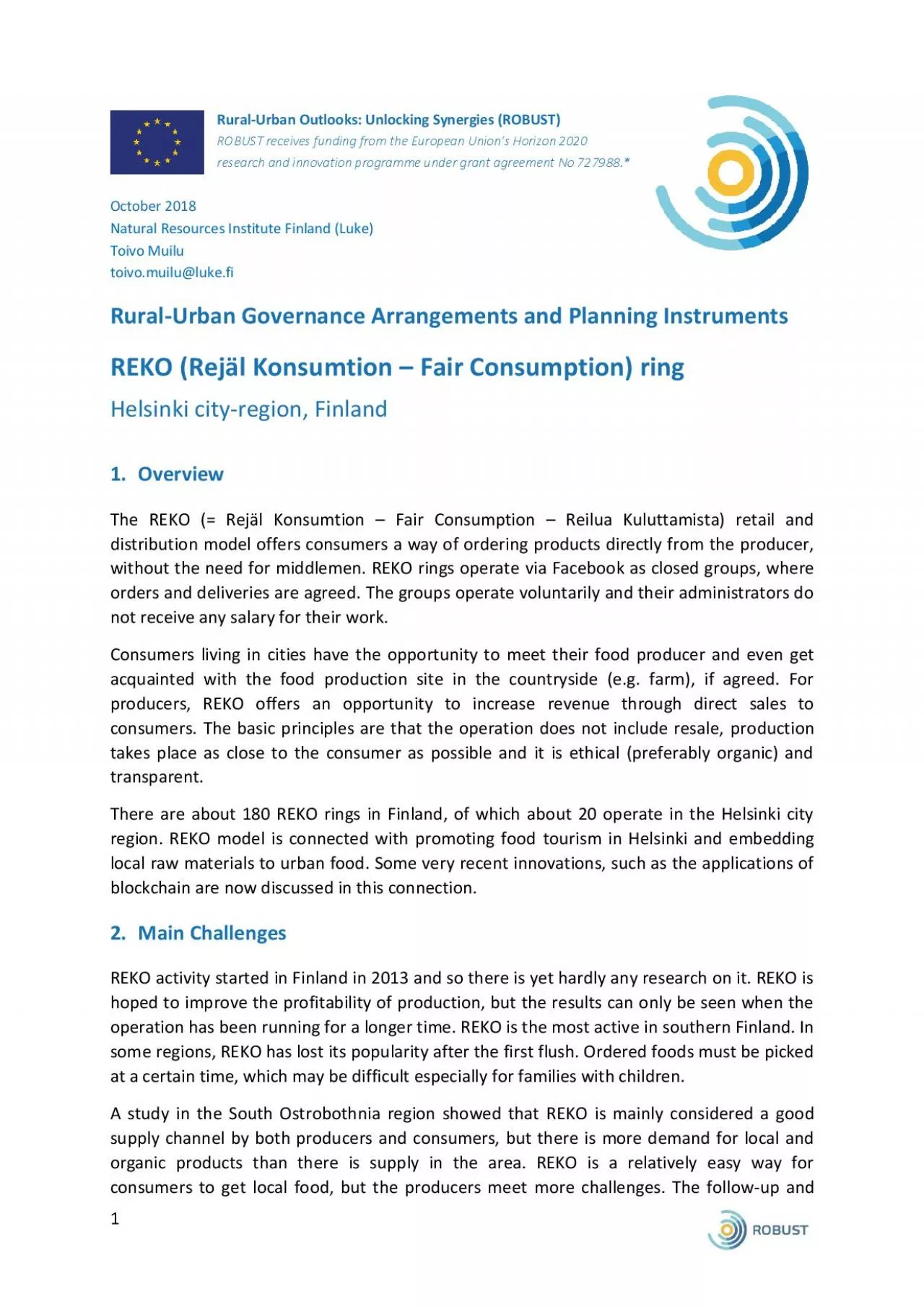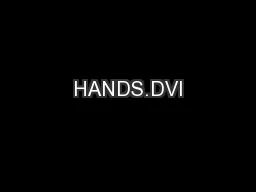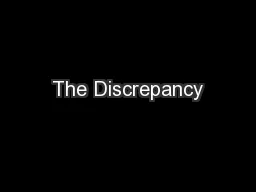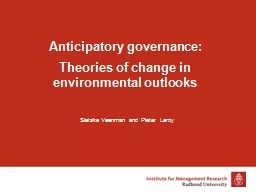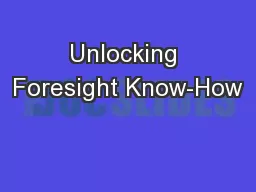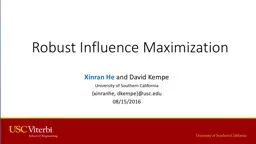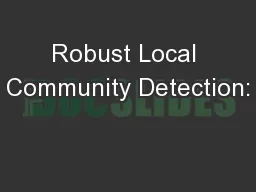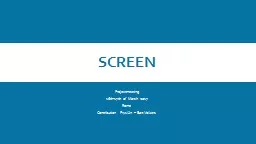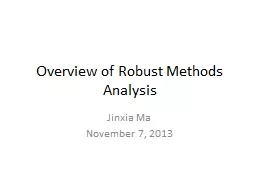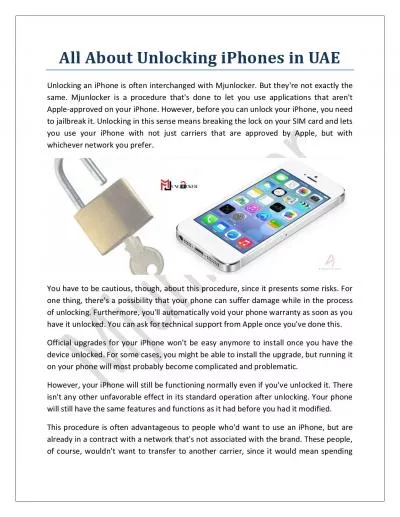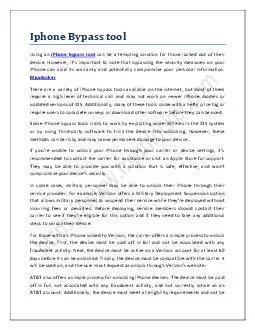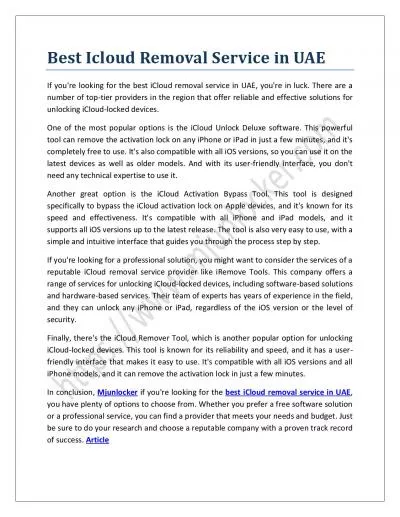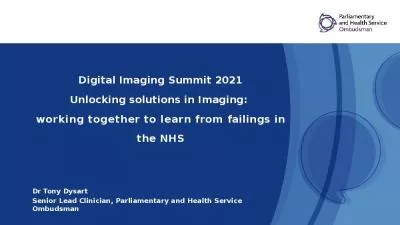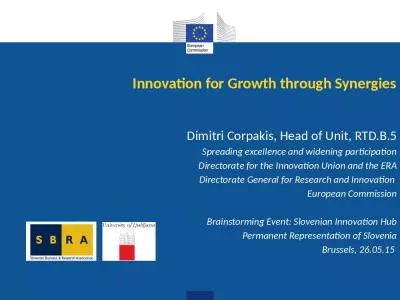PDF-Urban Outlooks: Unlocking Synergies (ROBUST)
Author : tickorekk | Published Date : 2020-11-20
1 Rural ROBUST receives funding from the European Unions Horizon 2020 research and innovation programme under grant agreement No 727988 October 2018 Natural Resources
Presentation Embed Code
Download Presentation
Download Presentation The PPT/PDF document "Urban Outlooks: Unlocking Synergies (ROB..." is the property of its rightful owner. Permission is granted to download and print the materials on this website for personal, non-commercial use only, and to display it on your personal computer provided you do not modify the materials and that you retain all copyright notices contained in the materials. By downloading content from our website, you accept the terms of this agreement.
Urban Outlooks: Unlocking Synergies (ROBUST): Transcript
Download Rules Of Document
"Urban Outlooks: Unlocking Synergies (ROBUST)"The content belongs to its owner. You may download and print it for personal use, without modification, and keep all copyright notices. By downloading, you agree to these terms.
Related Documents

